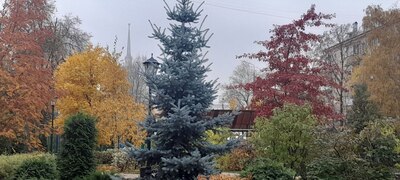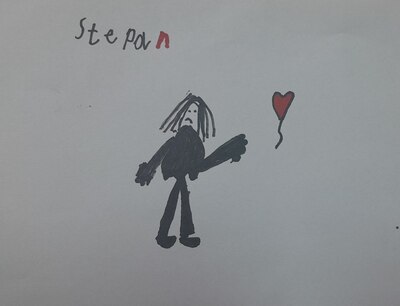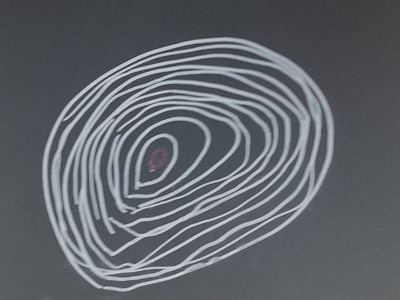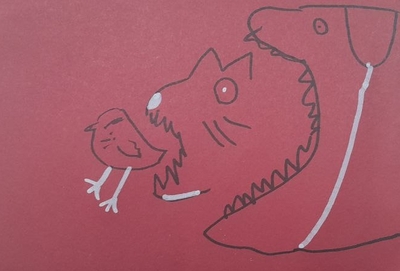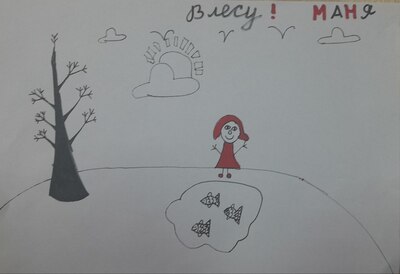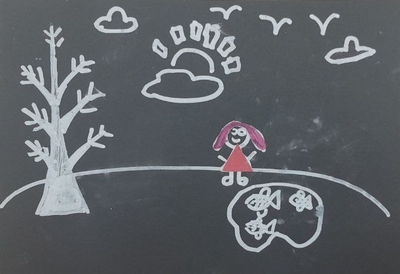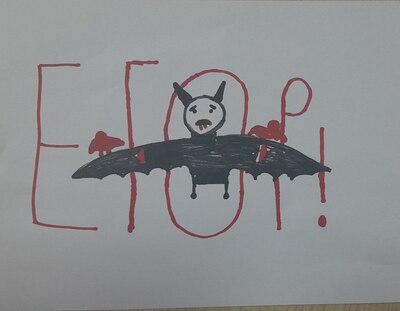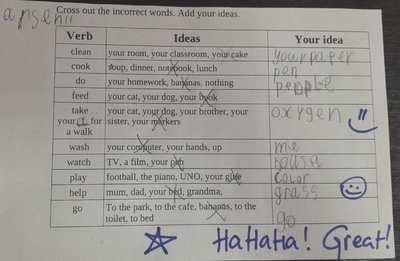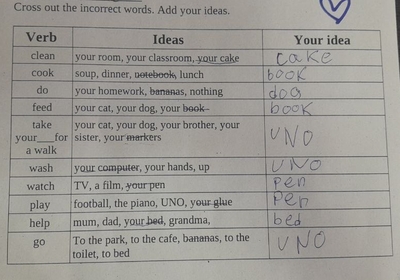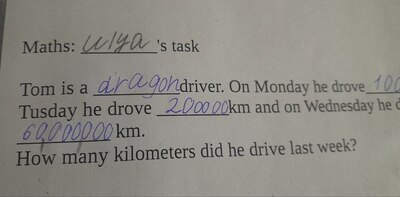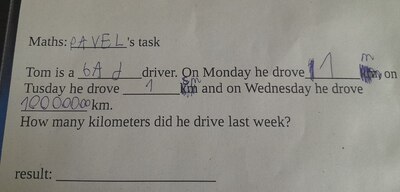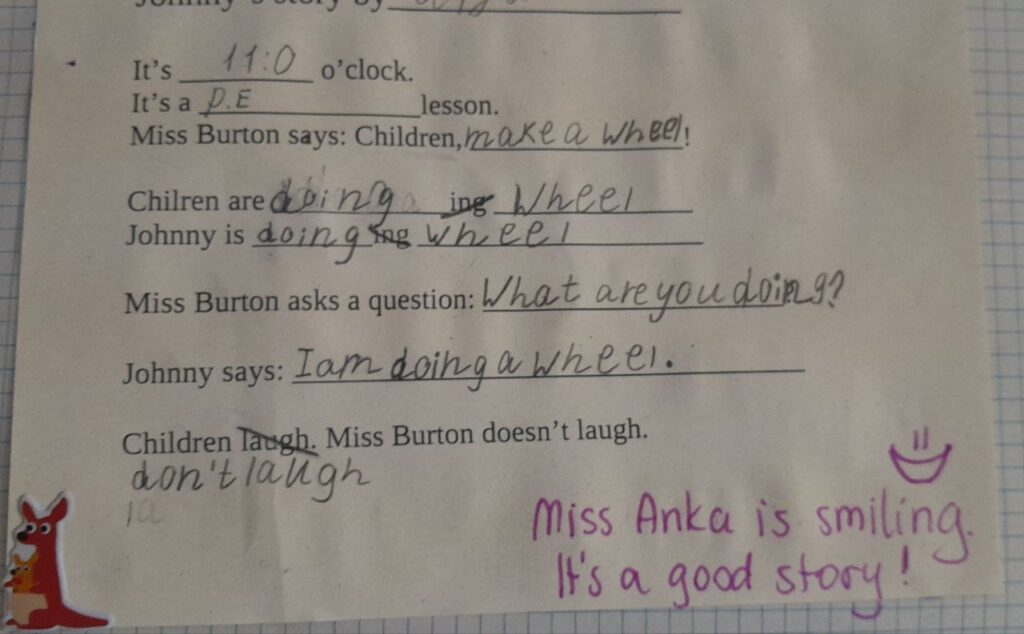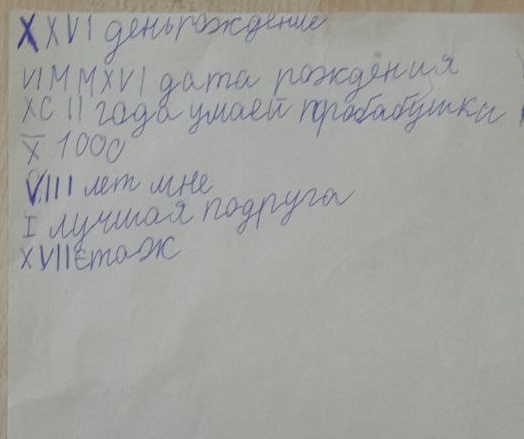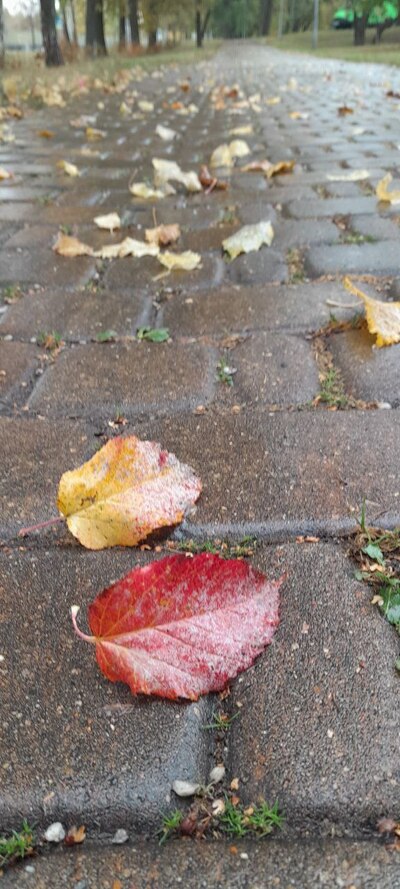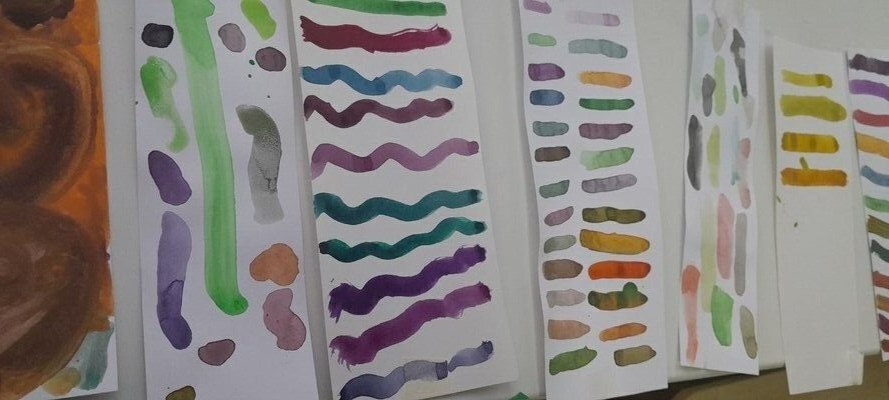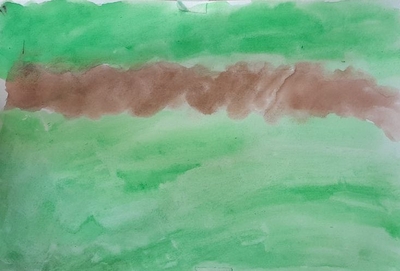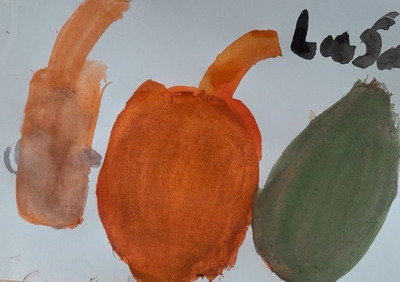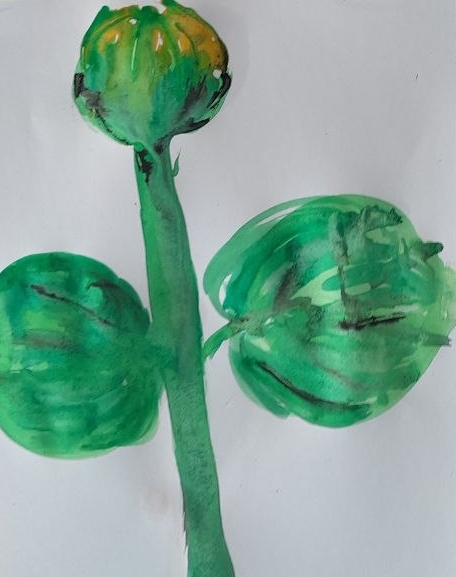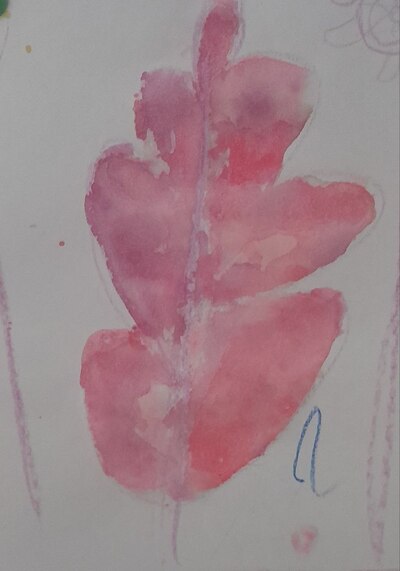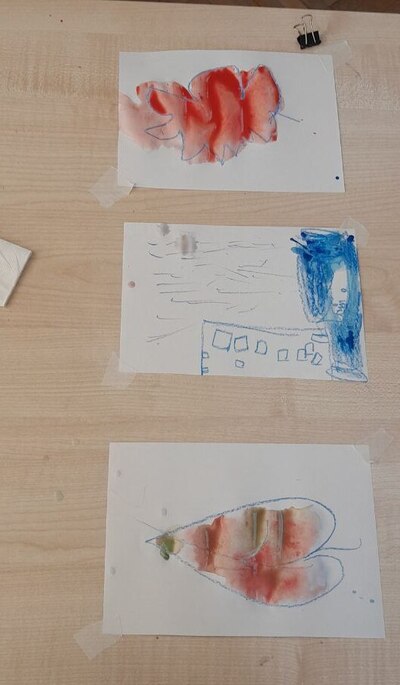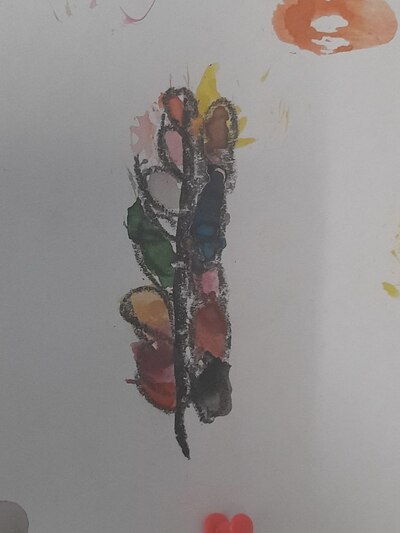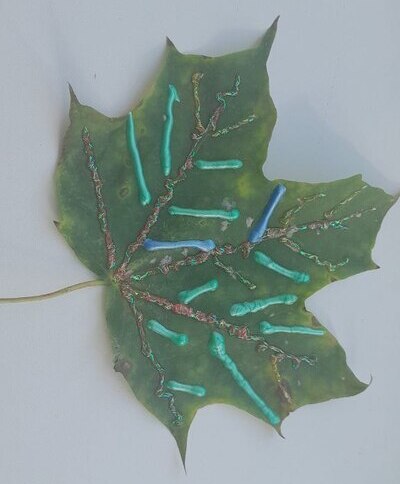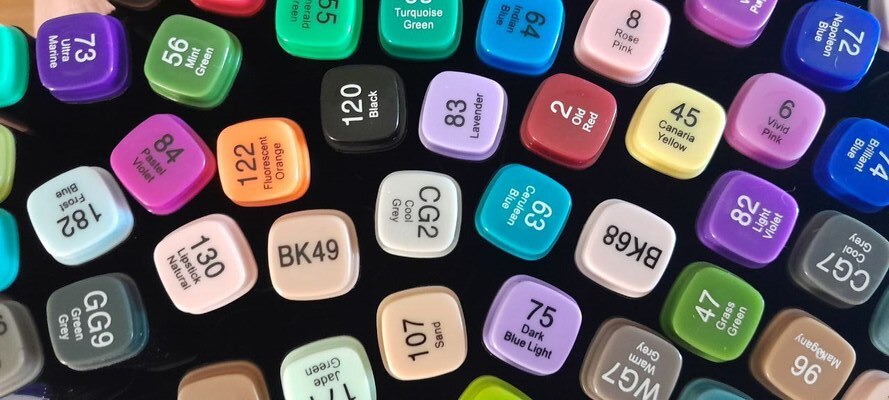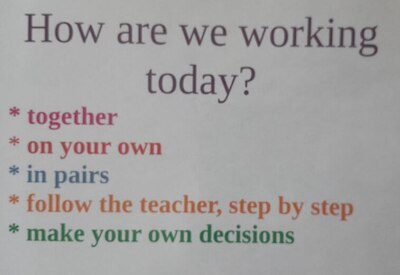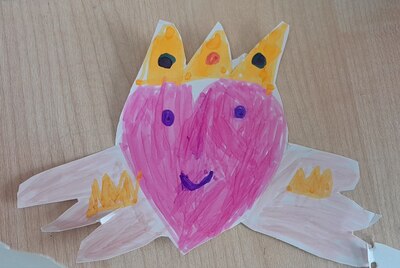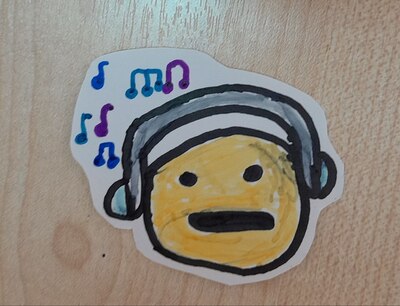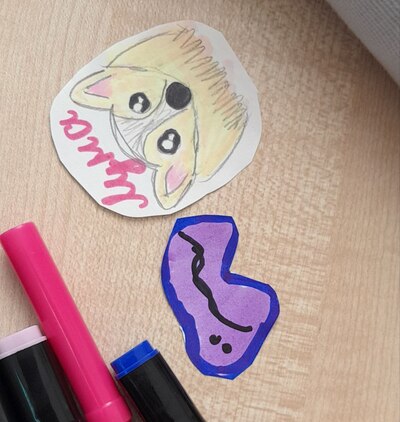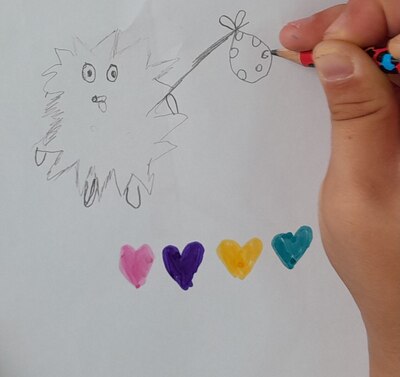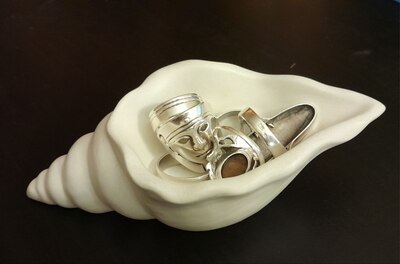
Well, miss Anka, you did not do a good job. The classroom management that was supposed to be updated monthly got abandoned. The end of October happened but everything else happened, too so the post didn’t. Here is a two-month reflection then.
Starting the lesson
The start of a lesson has become more SS-centred as I am barely involved. There is now a very interesting role to play, namely the one of the Hello Master. This is the student who takes over the teacher, sits in the centre of the room, starts with ‘5, 4, 3, 2, 1. Hello everyone!’ and asking everyone how they are. In November and December this person is also responsible for changing the numbers on our CountDown to New Year’s Day poster. Apart from that we have two Helpers and two more additional roles, the Game Leader (who helps with choosing the game, divide the class into teams etc) and the Decision Maker (aka the one who helps out with solving any doubts, if we have any). The kids love that and they sometimes ask me to assign a special role to them or they remind me that ‘Miss Anka, I haven’t been the Hello Master for a long time!‘
We still write the lesson plan on the board and the What time is it? and we still sing the Month Song, about how we feel, about the weather and everything related. I started to put up on the board some pieces of language because there is so much language emerging. It is absolutely necessary to keep it in memory, a bit.
It has also become a tradition for us to add a few more names to our list of students on the board. Sometimes our birds feature there (we have a well-frequented bird feeder), sometimes the toys that the kids bring, sometimes even the weird presences i.e. Poor Toe (aka a personalised version of the toe that one of my student hurt). But that means that they kids feel more involved in the lesson and they speak more.
Classroom management and rules
Our rules haven’t changed at all. They are still hanging above the board, we revise them in the beginning of the lesson and we refer to them when necessary but no new rules have been added.
Rewards chart
Our rewards chart is not quite a rewards chart but an activity chart which we use to mark attendance, activity, language production, cases of unwanted behaviour (like before, a simple description) and special rewards for great ideas, fair play, being a good friend and so on. I now simply take a photo of the board at the end of the lesson to use it later on, for assessment or to share with the parents.
We have also started using a greater variety of symbols, stars, suns, flowers, hearts. Yesterday, we managed to get to about a half of the solar system on the board, for different tasks. Basically, one more way to motivate the kids.
Reflection and feedback
These photos and notes are very useful because I have to add marks and note participation in our electronic journal for the parents but I also use them to give feedback to kids.
At the end of every week (which for us is Thursday), I take notes in every student’s notebook, giving them a mark for the week for English, for Maths and for behaviour. This is also my opportunity to thank them and to praise them for something special they did during the week. It is now our tradition to look at these notes in the beginning of the lesson on Monday. I also noticed that I started to comment on these notes during the week, on random lessons for example to praise some students for the behaviour that improved or the behaviour that needs improvement.
I realised that the notes from our tests are too rare and the notes from the electronic journal may not get through to the children as the parents are the main recipients and I needed a direct channel between me and the students. Hence the feedback.
We have been doing it for three weeks now and I know that these notes matter to kids. I keep them secret, written on a page that has been folded etc, but they announce everything to everyone anyway. They do anyway when they have something to be proud about.
Story and songs
To be perfectly honest and depressing as it is, we haven’t had lots of songs recently. We sing the Multiplication Songs from Jack Hartman in every lesson but we haven’t learnt any new songs.
In the same way, we have done lots of reading (fiction and non-fiction) but none of them were real stories. Oh, no! How did it come to that? I have no excuse and I am just deeply unhappy that I let it happen. Sigh.
Socialising
We have been interacting a lot in the classroom:
- every English lesson starts with the sight words reading practice which we do in pairs. One student is the teacher, the other is the student and I sometimes ask them to give each other grades.
- we did project presentation in pairs and small groups (asking and answering questions about the perfect house)
- pairwork games such as riddles
- Hello Master is my absolute number 1 when it comes to the favourite parts of the lesson, the one that kids do all by themselves, with the teacher being merely an observer
- we have even played some team games and I am really proud of my kids because now they are ready to do it, on most days.
- we have also been changing the seating arrangements and pairs since we have had some changes and the group needs a chance to be formed again, from scratch almost.
Creativity
This is the area that I am happy with because we have done enough in that area.
- we celebrated the Craft Day (which, apparently, falls on the 16th November, at least here) and that is why we made beautiful monster bookmarks
- we celebrated the Thanksgiving Day and we made our Thankful Turkeys, with feathers made of everything that we are grateful for (The list, for my kids, includes: mum, dad, gran, grandpa, brothers, sisters, pets, Adidas and Roblox).
- we described and drew our Ideal House and they turned out great, especially that we were getting ready for the project day, reading, looking at photos and talking about all the unusual buildings and rooms from around the world that I could find
- we wrote out first article in English about a special place. There wasn’t much creation per se since we wrote about real places but we had so much fun researching that and the final product, our journal, looks amazing.
- I have also noticed that more and more of my kids have been wondering into my classroom during the long break in order to do creative things, using all the resources I have in my magic cupboard.
Teacher
Over those last few weeks, I have been a very tired teacher and I did a lot to save the energy and to use it wisely. Listening to music, chocolate and careful choices while lesson planning helped me do that.
At the same time, I have also been a very happy teacher because I could see how much progress my students have made in English and in Maths. This has become especially clear in all the speaking lessons because the unusual houses and rooms really made the children curious and willing to express their views. That, together with all the cool adjectives that we learnt. During our speaking lessons, I would give them stars for participation and beautiful English and it was just beautiful to see how fast my board was filling up stars. They had ideas and they wanted to share them, in English. A truly joyful moment!
I have also been a very happy teacher noticing how my students are growing up and getting better at dealing with their emotions during our competitive games, learning to be in a group, getting over their own insecurities and being proud of their achievements. We are not a perfect group, the picture perfect class (Well, wait, do I even want us to be that?) and we are not even at the OK stage (not consistently, anyway) but we are getting there. I hope.
Happy teaching!

